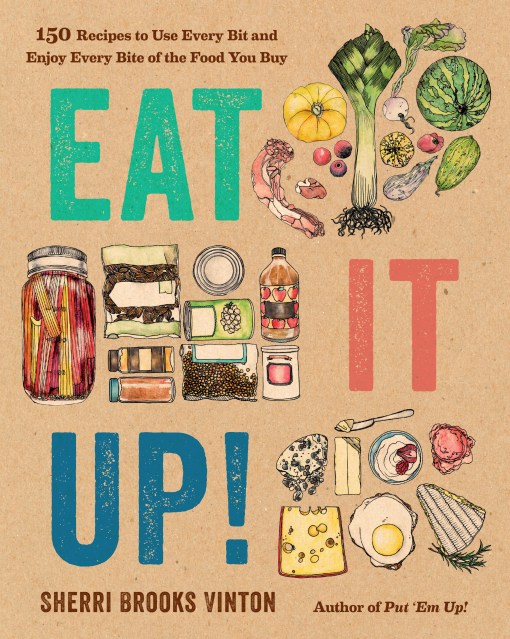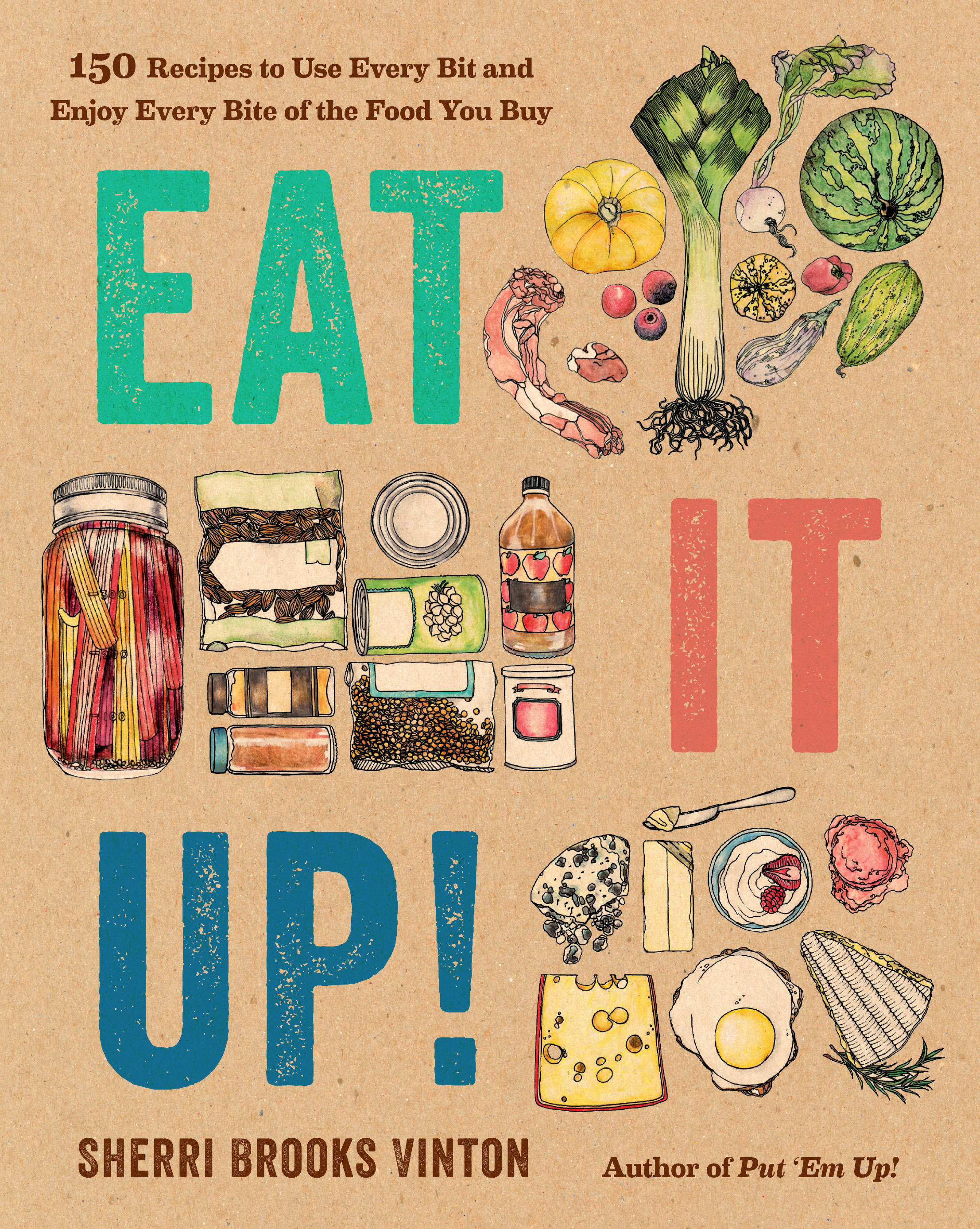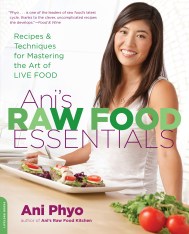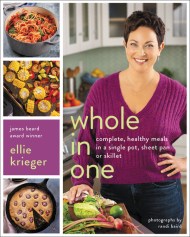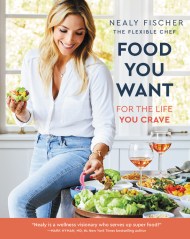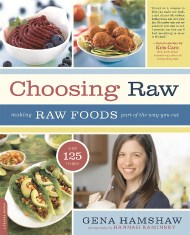Promotion
Use code MOM24 for 20% off site wide + free shipping over $45
Eat It Up!
150 Recipes to Use Every Bit and Enjoy Every Bite of the Food You Buy
Contributors
Formats and Prices
Price
$12.99Price
$16.99 CADFormat
Format:
- ebook $12.99 $16.99 CAD
- Trade Paperback $18.99 $24.50 CAD
This item is a preorder. Your payment method will be charged immediately, and the product is expected to ship on or around May 24, 2016. This date is subject to change due to shipping delays beyond our control.
Also available from:
Don't toss those leftovers or pitch your beet greens! Eat it up! Sherri Brooks Vinton helps you make the most out of the food you bring home. These 150 delicious recipes mine the treasure in your kitchen—the fronds from your carrots, leaves from your cauliflower, bones from Sunday's roast, even the last lick of jam in the jar are put to good, tasty use.
Genre:
-
Milwaukee Shepherd Express, 7/19/16
“In many ways, Eat It Up! is a recipe for returning to the kitchen economy of a century ago when stale bread became bread pudding and leftover bones were simmered in a pot of broth. Vinton's recipes include great ideas for using fruit peels, vegetable stalks, fat and ‘whole animal dishes' that overlook nothing that is edible. Eat It Up! is a call to arms as well as a cookbook.”
Joint Forces Journal, 7/14/16
“Sherri Brooks Vinton helps you make the most out of the food you bring home. The 150 delicious recipes…show you the way to mine the uncovered treasures in your kitchen—that's right, the limp celery stalks, leaves from your cauliflower, bones from Sunday's roast, and even the last lick of jam in the jar are all put to good, tasty use.”
Sand and Succotash, 7/28/16
“Eat It Up! comes to the rescue with produce insights, pantry tips, upcycling scraps recipes, and how to use up every bit of that whole chicken you came home with.”
Huffington Post, 8/5/16
“Vinton's book offers recipes that'll help you cook up pretty much any food scrap into a delicious meal ? think dishes like Radish Tops Tabouleh ? but it also shares other helpful tips along the way, like how to properly stock your fridge to fight food waste before it starts.” -
Praise for Eat it Up!
Myrtle Beach Sun News, 5/17/16
Vinton presents ways using up food can save time, taste great, [and] preserve natural resources…Usually I wait until a book comes out before I send in a review, but this one merits a pre-order…Even the most experienced chef will find this book interesting and the novice chef will get off to a good start on cooking without waste.
Booklist, June 1, 2016 issue
“A sterling resource for the ecologically minded cook.”
January Magazine, 7/3/16
“Vinton's well thought out recipes show us how to use every little bit. Nor is all (or even any!) of this ‘leftover food.' Vinton's 150 recipes feel very fresh and new…and many are real keepers. Eat It Up is one for your permanent cookbook shelf. A book that will make you better, inside and out.”
Greene County Record, 7/13/16
“Recipes…for a no-waste, great-taste kitchen.”
- On Sale
- May 24, 2016
- Page Count
- 256 pages
- Publisher
- Da Capo Lifelong Books
- ISBN-13
- 9780738218199
Newsletter Signup
By clicking ‘Sign Up,’ I acknowledge that I have read and agree to Hachette Book Group’s Privacy Policy and Terms of Use
